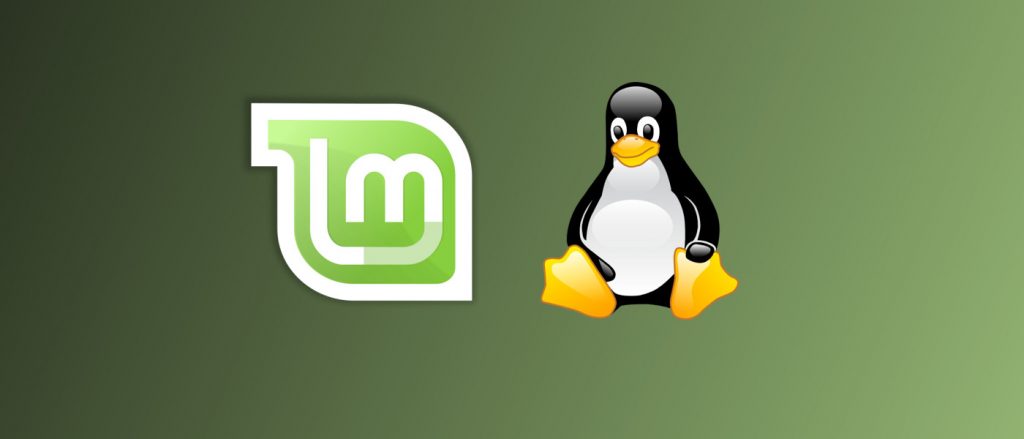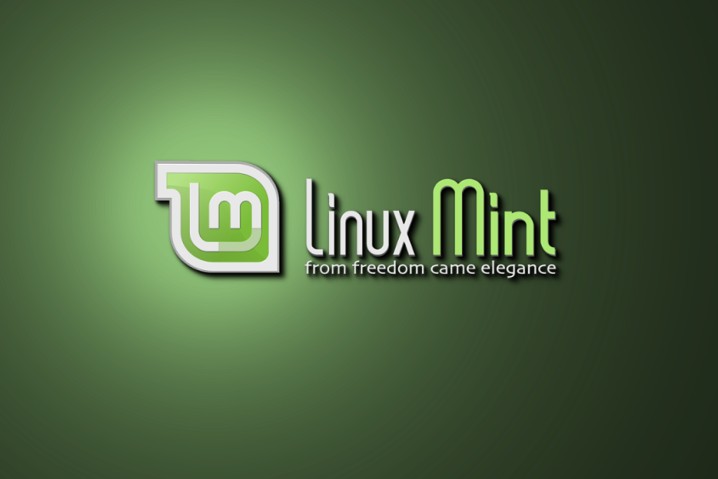According to the operating system website, Linux Mint is now the leading Linux distribution, surpassing Ubuntu and all other distributions to become the main competition for Windows and Mac OS. When you look at the features of Linux Mint, that claim becomes easy to believe. This free, open source distribution installs quickly and easily from a blank USB or DVD, and offers full multimedia support out of the box.
Linux Mint doesn’t require too many resources, and it’s conservative about updates, which means there’s little chance of installing a faulty or unstable update. Linux Mint further mitigates headaches for users by using an update manager and compatibility with many popular desktop environments such as Cinnamon (by far the most popular version of Linux Mint), Mate, LMDE, and KDE, as well as native support for a long list of applications.
Linux Mint features
Linux Mint includes several pre-installed tools in order to meet the basic needs of the user. Some tools included are:
▸GIMP: As a raster graphics editor (replaced by Drawing in Linux Mint 19.3).
▸LibreOffice: As an office suite.
▸Mozilla Firefox: As a web browser.
▸Mozilla Thunderbird: As an email client.
▸Transmission: As a BitTorrent client.

It also comes with its own set of applications in order to make the user experience easier.
▸MintUpdate: Designed especially for Linux Mint beginners, and developed for users who install expendable updates or who require a level of knowledge to configure them properly. MintUpdate assigns each update a security level (ranging from 1 to 5), based on the stability and need for the update, as determined by the leading developers. This tool is included for the first time in the 4.0 Daryna edition.
▸MintInstall: It is used to download programs from the .mint file catalogs that are hosted on the Linux Mint Software Portal. A .mint file does not contain the program, but it does contain all of its information and resources from which it will be downloaded.
▸MintDesktop: Used for desktop configuration. MintDesktop has received a significant improvement in version 4.0.
▸MistConfig: A customizable control center, which makes system configuration easy.
▸MistAssistant: A customizable wizard that appears during the user’s first login, guiding them through various questions to customize the Mint database according to the user’s level of knowledge and their comfort with various Linux components.
▸MintUpload: An FTP client, integrated into the Nautilus context menu, in order to facilitate file sharing easily and quickly. Basically, the file is hosted on an FTP server, with a capacity limited to 1 Gigabyte per user (expandable by purchasing the Mint-space service). To share the file, simply position yourself on it, right-click and choose the “upload” option, then a window will appear from which the “Default” profile is chosen and the “upload” button is clicked. Finally it waits for the file to be uploaded. When hosting is complete, the file download hyperlink will appear at the bottom of the mintupload window.
▸MintMenu: It is a menu written in python that allows full customization of texts, colored icons. Maintains a similar appearance to the openSUSE 10.3 menu
▸MintBackup: Program that facilitates the backup and subsequent restoration of both user files and system software.
▸MintNanny: It is a program that allows restricting access to certain Internet pages defined by the user.
▸Warpinator: Tool introduced in Linux Mint 20 “Ulyana”. It is intended to allow you to easily send and receive files on a local network.




[…] Linux Mint, what you should know about it Kubuntu, distribution of Linux […]